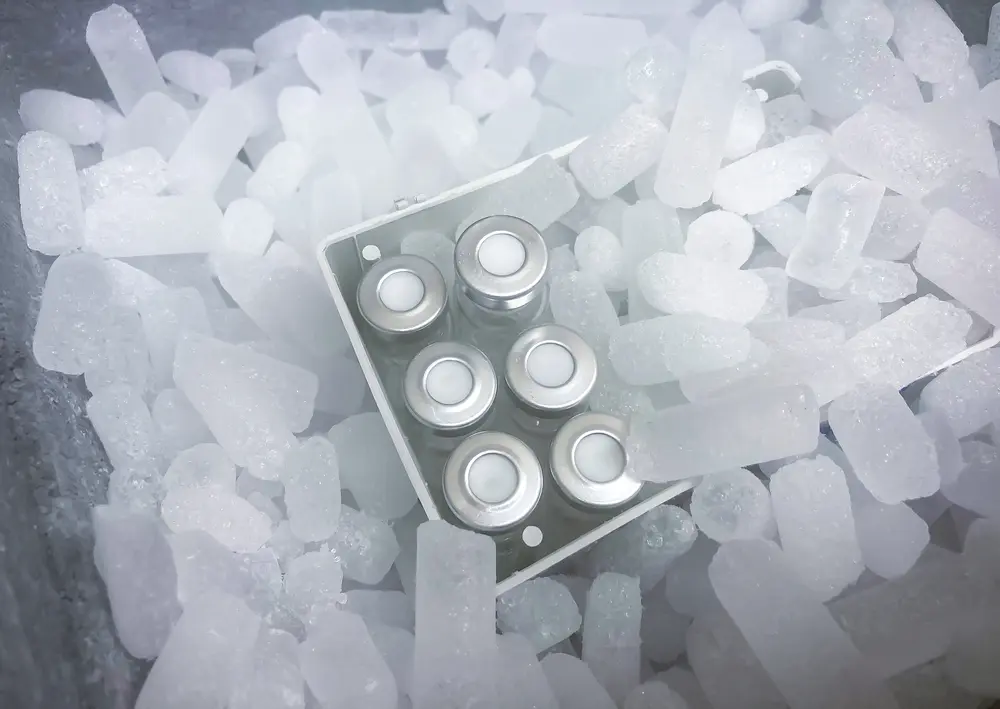Dry ice, also known as solid carbon dioxide (CO2), is a fascinating substance commonly used for various purposes like creating special effects, preserving perishable items, and even for certain scientific experiments. Making Dry ice involves a process called sublimation, where a substance transitions directly from a solid to a gas without passing through the liquid phase. Here's how dry ice is made:
- Starting Material: Dry ice is typically produced from liquid carbon dioxide (CO2), which is a byproduct of various industrial processes like fermentation, combustion, or extraction from the atmosphere.
- Compression and Cooling: The first step in making dry ice is to compress and cool the gaseous CO2. This compression increases the pressure and reduces the temperature of the CO2 gas, causing it to liquefy.
- Expansion and Freezing: After liquefaction, the pressurized liquid CO2 is rapidly expanded through a nozzle or valve. This expansion causes the liquid CO2 to drop in temperature significantly, often below -78.5 degrees Celsius (-109.3 degrees Fahrenheit), which is the sublimation point of CO2 at standard atmospheric pressure.
- Formation of Dry Ice: As the expanded and cooled CO2 rapidly sublimates, it solidifies into dry ice snow or pellets. The solid CO2 is then collected and compressed into blocks or pellets for commercial use.
- Packaging and Distribution: The dry ice is packaged and distributed for various applications. It's important to handle dry ice carefully as it is extremely cold and can cause frostbite upon direct contact with skin.
- Uses of Dry Ice: Dry ice finds applications in various industries. In entertainment, it's used for creating fog effects in stage performances and movies. In food preservation, it's used to keep perishable items cold during transportation. It's also utilized in laboratories for certain experiments and in cleaning processes where the rapid sublimation helps remove contaminants without leaving residues.
- Environmental Considerations: While dry ice is non-toxic and doesn't produce residue like traditional ice, it's important to handle and dispose of it properly. The gas released during sublimation can displace oxygen in enclosed spaces, so adequate ventilation is necessary when using dry ice indoors.





Comments